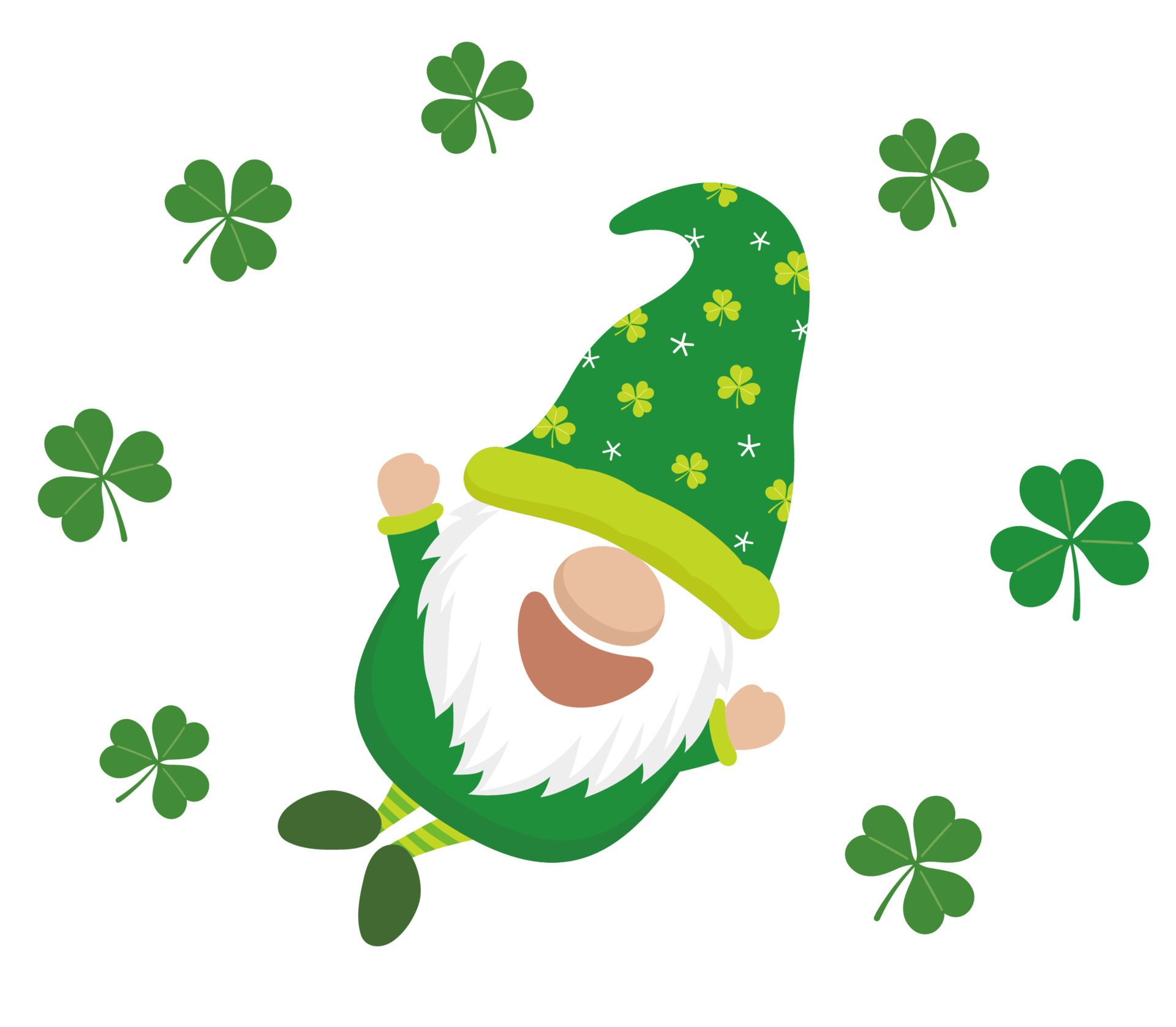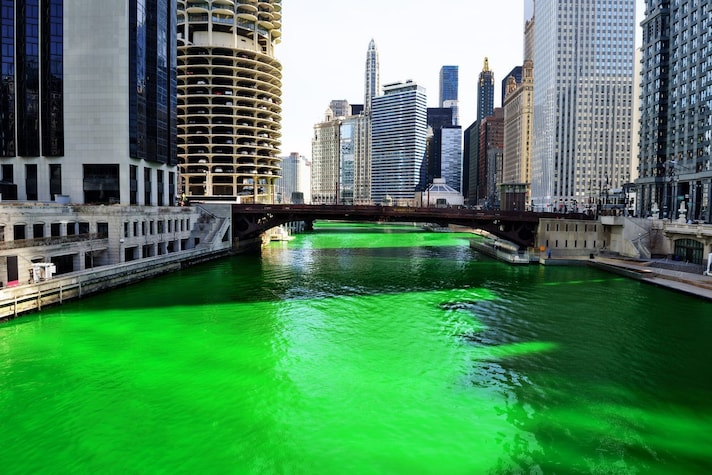Gallery
Photos from events, contest for the best costume, videos from master classes.
 |  |
 |  |
 |  |
 |  |
 |  |
 |
St. Patrick's Day, observed on March 17, has transitioned from a feast day in Ireland to a widely celebrated holiday in the United States. The holiday commemorates St. Patrick, the patron saint of Key Facts about St Patrick's Day. Spiritual Significance: St. Patrick's Day honors the arrival of Christianity in Ireland and Saint Patrick’s missionary work. Symbols: The shamrock represents the Holy Trinity, and a legend claims St. Patrick banished snakes from Ireland. St. Patrick's Day, honoring the patron saint of Ireland, is celebrated globally on March 17. Originating as a religious holiday, it has evolved into a celebration of Irish culture, particularly in St. Patrick's Day's spiritual meaning is rooted in Christianity. At its core, St. Patrick's Day is a religious holiday celebrated by Catholic, Lutheran, Anglican, and Eastern Orthodox Christians.. The man who inspired the holiday, Saint Patrick, is best known for bringing Christianity to Ireland in the 5th century. St. Patrick’s Day, celebrated on March 17 each year, is known for its parades, shamrocks, and a whole lot of green. It’s a day when people around the world embrace Irish culture — whether they have Irish heritage or not. But behind all the revelry, St. Patrick’s Day has a deep and fascinating history that goes far beyond the modern celebrations. Some of the traditions we associate with what is the true story of st patricks day Section 3: St. Patrick’s Day Today. In the 21st century, St. Patrick’s Day has expanded beyond its Irish origins to become a global celebration. Cities around the world host parades, events, and festivals, drawing people of all backgrounds into the festivities. NEW YORK (AP) — If it’s March, and it’s green, it must be St. Patrick’s Day. The day honoring the patron saint of Ireland is a global celebration of Irish heritage. And nowhere is that more so than in the United States, where parades take place in cities around the country and all kinds of foods and drinks are given an emerald hue. The spread of St. Patrick’s Day celebrations in the U.S. was a way for Irish immigrant communities, who in the 19th century faced discrimination and opposition, to stake that ground, he says The spread of St. Patrick's Day celebrations in the U.S. was a way for Irish immigrant communities, who in the 19th century faced discrimination and opposition, to stake that ground, he says: "It While St Patrick’s Day was once a “dry holiday” owing to its religious significance, today it is traditionally celebrated with pints of Guinness, cider or some Irish whiskey. A famous custom, known as “drowning the shamrock”, involves dropping a shamrock into the last glass of whiskey and drinking it during a toast to the saint. St. Patrick’s Day is associated with many things, all of which have different meanings for different people: wearing green, breaking Lent, making an attempt to try out your cúpla focal, going This makes St. Patrick’s Day special for many people who believe in God. Honoring Irish Christian Heritage. St. Patrick’s Day celebrates the rich Christian heritage of Ireland. The holiday recognizes the enduring impact of Saint Patrick’s mission and the deep roots of Christianity in Irish culture. Ireland has a long history with What Is the Historical Significance of St. Patrick's Day? St. Patrick's Day honors the legacy of St. Patrick, the patron saint of Ireland. It features lively parades and traditional stories. This day emphasizes unity and belonging. It celebrates cultural heritage, connecting communities worldwide. St. Patrick’s Day is the feast day of St. Patrick, a patron saint of Ireland. Originally celebrated with religious feasts and services, St. Patrick’s Day became a secular celebration of Irish culture when it reached the United States alongside Irish immigrants. The spread of St. Patrick's Day celebrations in the U.S. was a way for Irish immigrant communities, who in the 19th century faced discrimination and opposition, to stake that ground, he says: "It St. Patrick’s Day is a global celebration of Irish culture that takes place annually on March 17, the anniversary of the patron saint of Ireland's death in the fifth century. What represents St. Patrick's Day? St. Patrick's Day is symbolised by the shamrock, the green colour, the Celtic cross, and pictures of St. Patrick. Photo: pexels.com, @tarawinstead Source: UGC. For a long time, multiple symbols have been associated with the holiday. The most common is the shamrock, which represents the Holy Trinity. St. Patrick’s Day: History, Traditions & Fun Facts St. Patrick’s Day is one of the most widely celebrated cultural and religious holidays around the world. What started as a solemn feast day in honor of Ireland’s patron saint has transformed into a global festival filled with parades, music, dancing, and a whole lot of green. On St. Patrick’s Day, Montserrat honors both this Irish heritage and an unsuccessful slave uprising that happened on March 17th, 1768. While St. Patrick’s Day is not a public holiday across the United States, it is widely celebrated by the Irish diaspora and others who enjoy the fun and camaraderie the day brings. Discover the spiritual significance of St. Patrick's Day as we delve into its Christian roots and the legacy of St. Patrick, the patron saint of Ireland. Celebrate March 17 with themes of hope and resilience, reflecting on personal faith journeys while honoring St. Patrick’s teachings and the symbolism of the shamrock.
Articles and news, personal stories, interviews with experts.
Photos from events, contest for the best costume, videos from master classes.
 |  |
 |  |
 |  |
 |  |
 |  |
 |